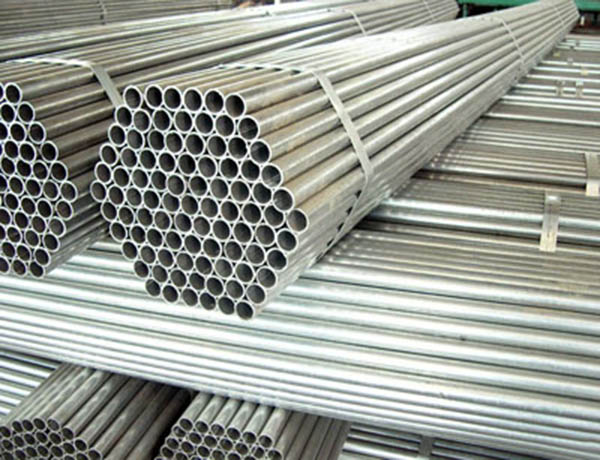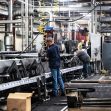Metallic pipe joining
As a rule, the choice of methods of pipe joining depends on a variety of factors. Take metal round steel pipe for an example, pipe joining tends to involve pipe diameter, pipe material, pressure rating, and other service requirement.

1)Welding
welding is defined as a process in which materials of the same type or class are joined together through the formation of primary bonds under the action of heat, pressure, or the combined action of heat and pressure. Welding can be used to join pipes of any diameter and is a leak-proof method. Because of the shortage of highly skilled welder and a lack of improvement in pipe welding technology, welding is somewhat limited now. Stick welding (shielded metal arc welding) is the most popular method used in the construction industry. Even though MIG and TIG welding offer better performance than stick welding, it is still dominant because there has been considerable reluctance on the part of welders in the various construction trades to use other methods.
2)Mechanical Joining
The concept of joining pipes by mechanical methods originated during World War I, when there was a need for rapid development of fuel and water, since traditional methods such as welding were too slow. Mechanical joining is generally effective and uncomplicated, and little mechanical skill is needed. Mechanical joining has several advantages, such as ease of installation and stability of the chemical composition of the materials. Because of significantly concentrated stresses resulting from this approach, however, mechanical joining has limited applicability.
Benefits of Advanced Joining Technology
Successful adoption of advanced joining technology for metal pipe could yield notable results, such as:
1) significant reductions in both processing time and the need for skilled labors;
2) a decrease in costs associated with the joining process;
3) improvements in the strengths of joints.
Maintenance Issues
The initial cost of producing a pipe joint is only part of its total cost. What needs to be considered are all the costs that accrue over the expected life of the plant, as well as the performance of the joints that are produced. Long term effects due to erosion, fatigue, and creep, all of which can affect the performance of a pipe joint in use. Maintenance issues generally involve two aspects: long term performance reliability and life cycle cost. If you want to know any further information, you can refer to the article of how to make the maintenance of steel pipe in use on our official website later.
Tel: +86 18202256900 Email: steel@fwssteel.com









